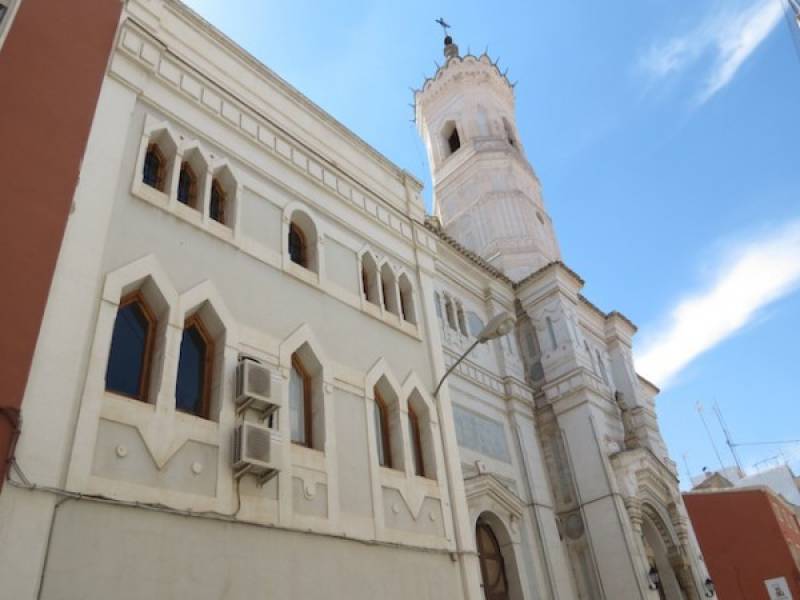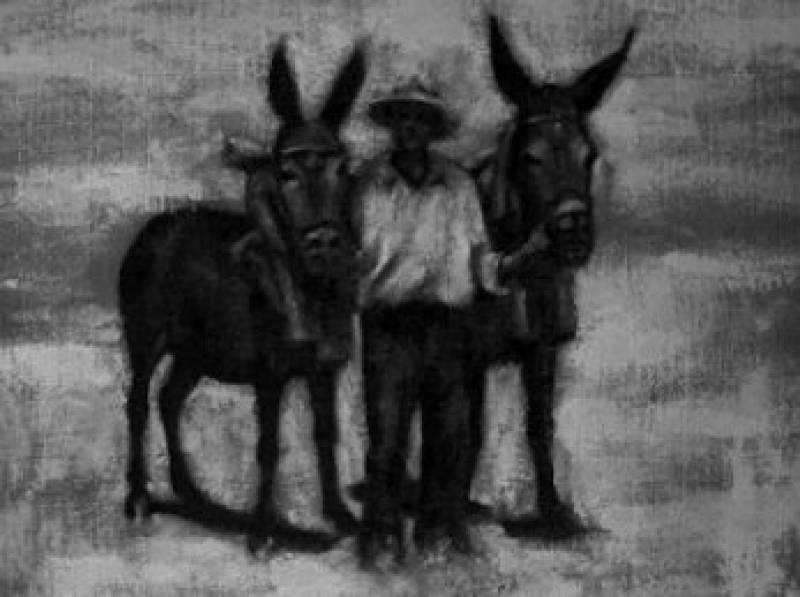- Region
- Águilas
- Alhama de Murcia
- Jumilla
- Lorca
- Los Alcázares
- Mazarrón
- San Javier
-
ALL AREAS & TOWNS
- AREAS
- SOUTH WEST
- MAR MENOR
- MURCIA CITY & CENTRAL
- NORTH & NORTH WEST
- TOWNS
- Abanilla
- Abarán
- Aguilas
- Alamillo
- Alcantarilla
- Aledo
- Alhama de Murcia
- Archena
- Balsicas
- Blanca
- Bolnuevo
- Bullas
- Cañadas del Romero
- Cabo de Palos
- Calasparra
- Camping Bolnuevo
- Campo De Ricote
- Camposol
- Canada De La Lena
- Caravaca de la Cruz
- Cartagena
- Cehegin
- Ceuti
- Cieza
- Condado de Alhama
- Corvera
- Costa Cálida
- Cuevas De Almanzora
- Cuevas de Reyllo
- El Carmoli
- El Mojon
- El Molino (Puerto Lumbreras)
- El Pareton / Cantareros
- El Raso
- El Valle Golf Resort
- Fortuna
- Fuente Alamo
- Hacienda del Alamo Golf Resort
- Hacienda Riquelme Golf Resort
- Isla Plana
- Islas Menores & Mar de Cristal
- Jumilla
- La Azohia
- La Charca
- La Manga Club
- La Manga del Mar Menor
- La Pinilla
- La Puebla
- La Torre
- La Torre Golf Resort
- La Unión
- Las Palas
- Las Ramblas
- Las Ramblas Golf
- Las Torres de Cotillas
- Leiva
- Librilla
- Lo Pagan
- Lo Santiago
- Lorca
- Lorquí
- Los Alcázares
- Los Balcones
- Los Belones
- Los Canovas
- Los Nietos
- Los Perez (Tallante)
- Los Urrutias
- Los Ventorrillos
- Mar De Cristal
- Mar Menor
- Mar Menor Golf Resort
- Mazarrón
- Mazarrón Country Club
- Molina de Segura
- Moratalla
- Mula
- Murcia City
- Murcia Property
- Pareton
- Peraleja Golf Resort
- Perin
- Pilar de la Horadada
- Pinar de Campoverde
- Pinoso
- Playa Honda
- Playa Honda / Playa Paraíso
- Pliego
- Portmán
- Pozo Estrecho
- Puerto de Mazarrón
- Puerto Lumbreras
- Puntas De Calnegre
- Region of Murcia
- Ricote
- Roda Golf Resort
- Roldan
- Roldan and Lo Ferro
- San Javier
- San Pedro del Pinatar
- Santiago de la Ribera
- Sierra Espuña
- Sucina
- Tallante
- Terrazas de la Torre Golf Resort
- Torre Pacheco
- Totana
- What's On Weekly Bulletin
- Yecla


- EDITIONS:
 Spanish News Today
Spanish News Today
 Alicante Today
Alicante Today
 Andalucia Today
Andalucia Today
The Yecla legend of Diente Negro the Penitent
Black Tooth was called to repent his ways by a bird-footed stranger who persecuted non-believers around Yecla
 In Yecla in days gone by parents told their children the story of “Diente Negro, el Penitente” (Black Tooth the Penitent), a demonic character with feet shaped like those of bird who was said to hunt down and chase non-believers, walking the paths of the Altiplano (modern-day Jumilla and Yecla) in the habits of a Franciscan monk and testing the faith of all peasants he came across.
In Yecla in days gone by parents told their children the story of “Diente Negro, el Penitente” (Black Tooth the Penitent), a demonic character with feet shaped like those of bird who was said to hunt down and chase non-believers, walking the paths of the Altiplano (modern-day Jumilla and Yecla) in the habits of a Franciscan monk and testing the faith of all peasants he came across.
If those he questioned wore the symbols of the Cross or some other demonstration of their Christian faith then they were in luck, saving themselves from the hands of “Diente Negro” – hands, which according to the legend, could cause burn marks on the doors they touched if the residents closed in order to escape his unwanted attention.
Against the backdrop of this terror, the mother of an unbeliever sewed a cross into the breast of his clothing, and the story goes that when he took his mule to drink from a local stream a small man appeared by his side, dressed in a Franciscan habit and asking where he could find the home of Magdalena, which, he said, was home also to his religious brothers.
The peasant pointed him in the right direction and it was only when he bent town to tie his “alpargata” shoes that he noticed the bird-like feet of the stranger. Terrified, he ran home with his mule with the monk in hot pursuit, but the peasant escaped by riding his mule at terrific speed and as soon as he arrived at his house, which was next to the church of El Niño Jesús, he ran inside and locked the door.
 The monk placed his hand on the door, shouting “if it hadn’t been for the Cross your mother sewed onto your tunic you would not have escaped me!”
The monk placed his hand on the door, shouting “if it hadn’t been for the Cross your mother sewed onto your tunic you would not have escaped me!”
After this, the stranger became a member of the Order of the Barefoot Franciscans, eventually becoming a priest and preaching in the area under the name of Brother Martín de la Mota before he died and was buried in the monastery of Villena.
This is a story which was apparently told to children in Yecla to discourage them from taking off the clothing which bore the symbol of the Cross, thus ensuring that they were protected from evil at all times.
However, a more detailed version of the tale can be found in a local history written by Pascual Giménez Rubio in 1865, offering further supposed details. This version states that the man in question looked after the mules in the house of Gabriel Ortuño (next to the church of El Niño Jesús) and was of questionable morals before changing his ways and living an honest life. This was the situation when the stranger began following him, and the mule-carer agreed to meet him to talk after leaving the animals in their home.
They later headed for the old spring and it was then that the young man noticed the strange feet of the other man, and following a heated exchange the bird-footed man left his mark on the door, as in the other version.
Yet another version changes the name of the preacher to Brother Pedro Ortega, who took refuge in the monastery of Santa Ana del Monte in Jumilla, adding that rather than a mule keeper he was a “young gallant”.
For more local visiting information, events and news go to the home page of Yecla Today.



